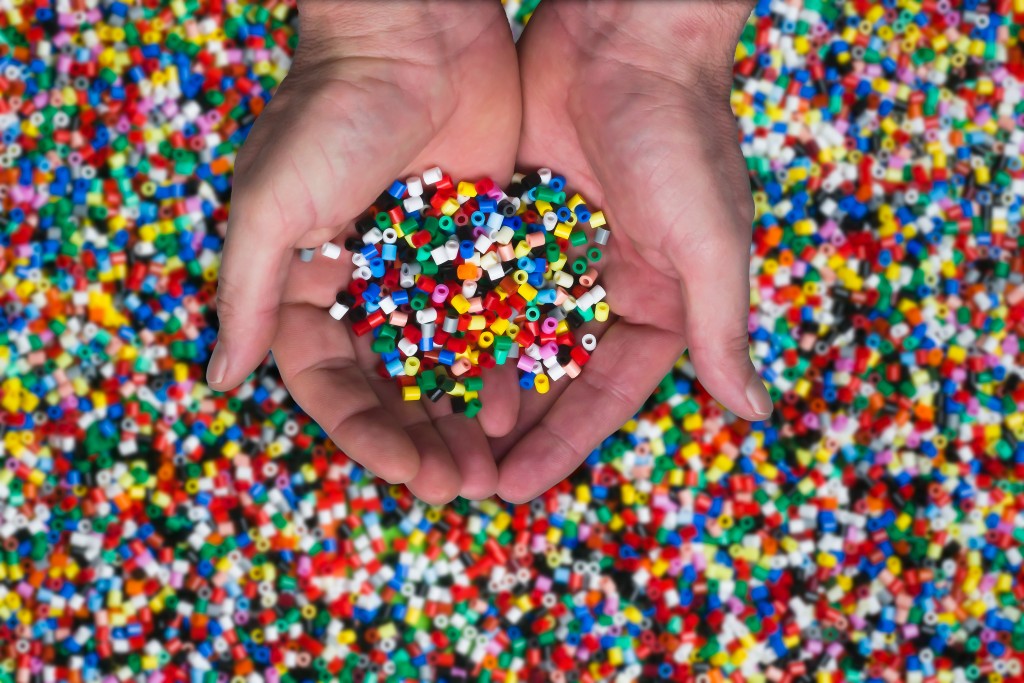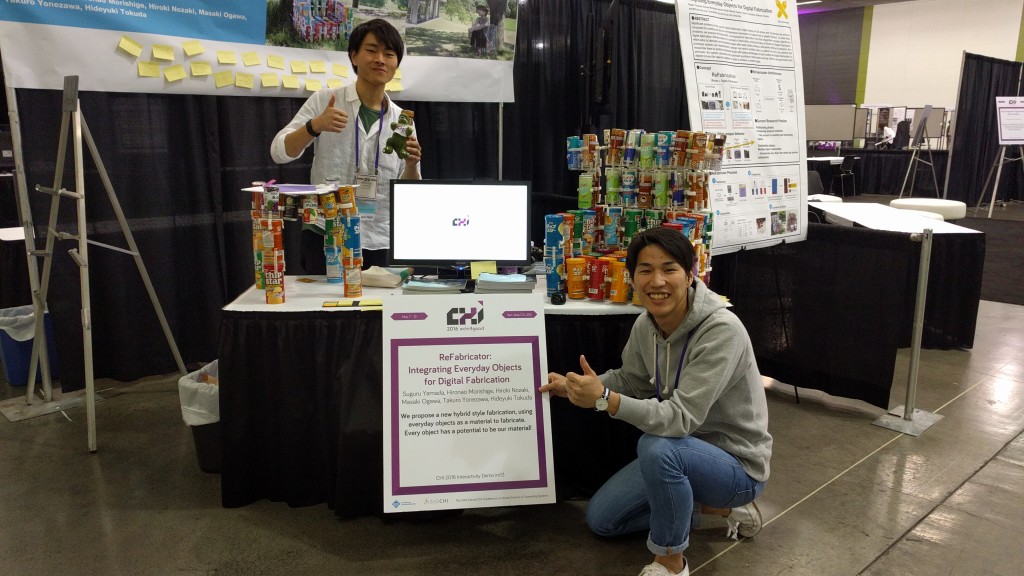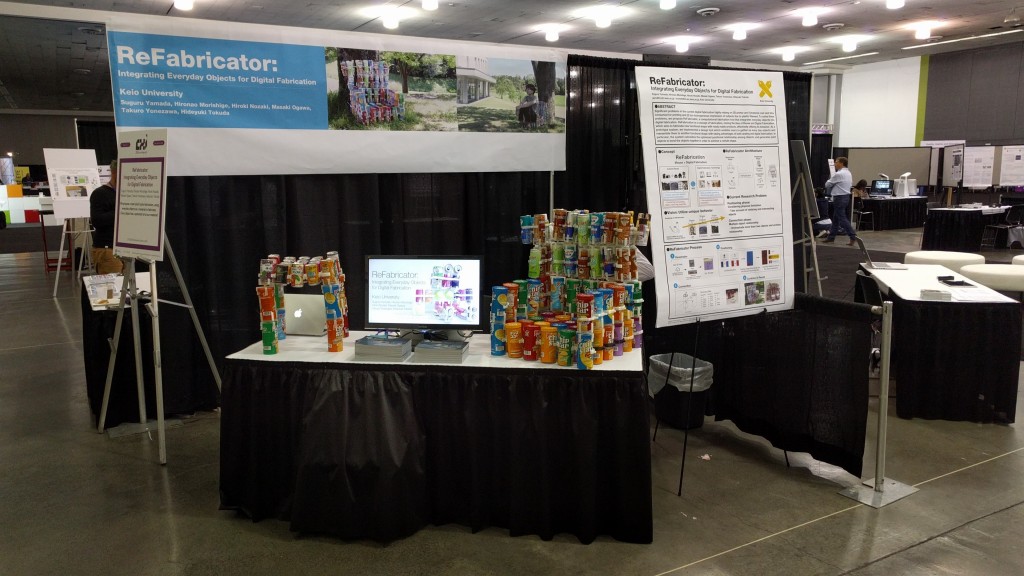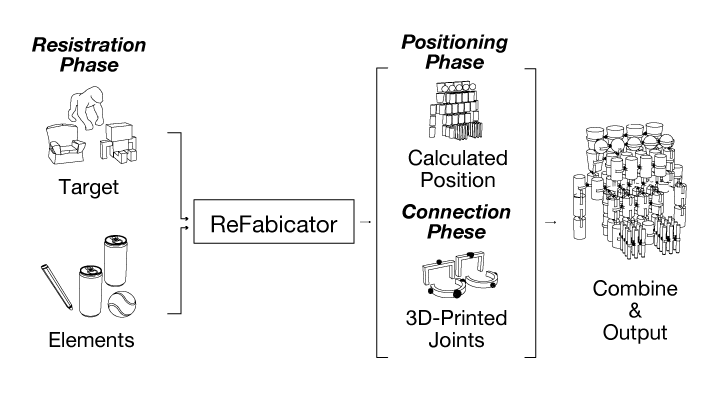Researchers at the Keio University in Kanagawa, Japan, have come up with a novel mathematical model that can integrate everyday objects in to our 3D designs.
Recycling lies at the program’s core, but it also addresses other issues. They include consistent replication with a 3D printer and reducing the time it takes to create a finished product by combining production methods, so this software is bigger than it looks.
Recycling lies at the heart of ReFabricator
The study started by reusing objects that are already with us to create a new and potentially exciting form of art. Call it Japanese folk art, call it whatever you like. Combining things that are already out there into a 3D printed sculpture will excite a portion of the maker community.
This will allow you to build add-ons, brackets and any number of other items for your existing products and it will open up design avenues we simply haven’t considered before. It will also help you make and test prototypes mathematically, before you go to the time and expense of printing your first item.
The software has wider uses
It has a number of wider uses, including desktop manufacturing and even architecture. Anywhere where mixed materials are involved, or you want to incorporate existing structures into a new design, ReFabricator can help.
Technically, as 3D printing catches up, this could even turn landfill into a construction material. That is some way off, however.
ReFabricator is the start of a programme that combines analogue and 3D printing for manufacture, though, and essentially helps to plan out the product more effectively before you start.
Combining pieces is a tough skill
3D printing a piece from scratch is one thing, printing a number of pieces and making sure they fit to an injection moulded item is quite another. If you want to produce any kind of volume, then it’s absolutely essential that you get it right in the planning stages.
While 3D printing is fantastic technology, too, it is remarkably slow at the moment and simply isn’t suitable for mass production as things stand. Combining parts that simply have to be printed with the likes of recycled material or even thermoformed products could be the future.
Linking the desktop production line
There is a constant stream of new products coming online that work with a 3D printer, such as injection moulders, rotomoulders and even forges that can form a complete production line on a desktop. Making the pieces all work together is an art and a science, but this could crack the code.
ReFabricator is especially adept at calculating the optimised positional relationship between objects, which will help the end user to plot the right point for joints and connectors in a bid to build the perfect shape.
3D printing is a joint effort
In particular, the system calculates the optimized positional relationship among objects, and generates joint objects to bond the objects together in order to achieve a certain shape. With this process, it makes no difference if the product is a recycled can or something you have made on another machine.
The lead authors all work at the Hideyuki Tokuda Lab at the university in Kanagawa and they include the scientist that gave the lab its name. Others on the project are: Suguru Yamada, Hironao Morishige, Hiroki Nozaki, Masaki Ogawa, Takuro Yonezawa.
They have produced a programme that could have a major impact on the desktop production line. It could also help make some pretty cool modern folk art from old drinks cans.






